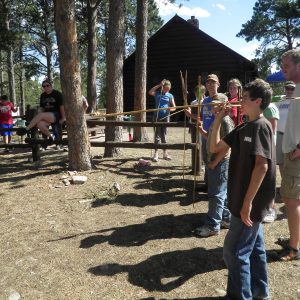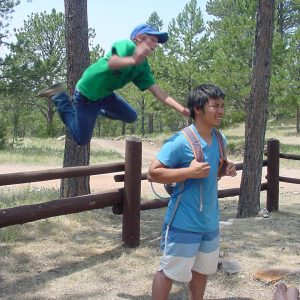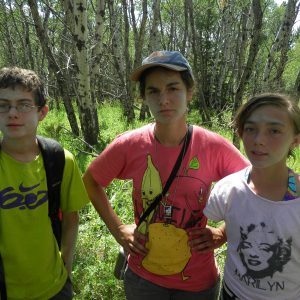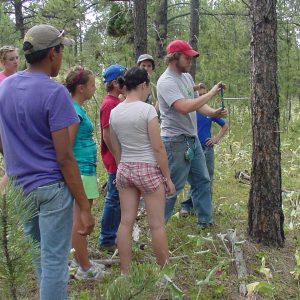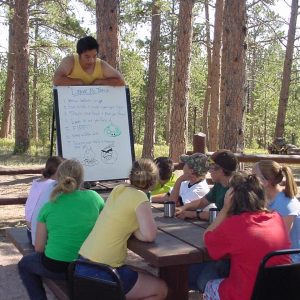
The Farmington Donut Hole
When it comes to rain, Farmington is still “the hole in the donut”, as I recently heard someone say in our BLM office. Still SOS optimistic, we have been focusing our monitoring and collecting efforts in the rolling Piñon-Juniper hills near Cuba, New Mexico, about 100 miles south of Farmington. This little 25 square mile area at 7,000 ft has been a botanical paradise for us in the dry desert.
While this plant oasis has been absorbing the precious monsoon that has evaded much of northern New Mexico, not all of the plants have been able to flourish. Number one on our SOS target list is galleta grass (Pleuraphis jamesii), a grass that is a powerful species for reclamation projects due to its vigorous growth with robust rhizomes. Last week is when we discovered that ~ 80% of the galleta seed had not properly matured after testing spikelets with our teeth at each population we marked.

Rocky Mountain Bee Plant (Cleome serrulata) we are collecting in Cuba (it’s tall enough to stand up while collecting!)
The plants that have been lucky enough to receive rain were mostly in flower last week. Yesterday we went down to Cuba expecting to collect at least one species. At our first site, 6 species had seeds that were mature and ready to collect! In attempt to expedite the collecting, Henry had the idea of using a vacuum to suck the seeds off the plants. This idea materialized into bringing a dustbuster to the field. Several fluffy asters we thought would do well with the vacuum clung dearly to the involucre. Finally, Heterotheca villosa relinquished its clutch from the motherplant and was swept up into the vacuum. I hope Henry titles his next blog, “Housekeeping with Henry.”

Housekeeping here for Heterotheca– with Henry
We don’t often run into the public when we are scouting or collecting seeds in remote BLM land. When we do, it is exciting to explain why we look like we are digging through the brush and in turn, find out what the public does use the lands for. The BLM road we were on yesterday oddly had a lot of traffic. Several people pulled over to chat with us, which made for some nice breaks of sitting upright amidst the standard “SOS forward hunch” (though I have begun to collect seeds in a circle around the stool that I sit on so that I really have to twist to reach the seeds directly behind me. It gives my back a little stretch but it looks ridiculous).
The last fellow that stopped at our site was a little Navajo man that waved me over to his truck. He opened the bed cover and I stepped back, overwhelmed with the unmistakable sharp scent of sagebrush. The truck bed was full of it! He had been collecting soft flowering sagebrush tips all day off BLM land. Why? To make little incense bundles that he dries and sells on the internet! A couple years ago he needed a permit to collect sagebrush, but now he no longer does since the BLM is trying to rid their land of the “invasive” native sagebrush. As he was describing to me a-mile-a-minute about how the airplanes have been dropping kill pellets, I thought he may be upset about the BLM sage-attack as it directly affects his business. Turns out, he is very pleased about the sagebrush herbicide because he believes no matter what, the sagebrush will always grow back for him. He also said the new regrowth is bright green and much easier to find! He gave me his phone number to notify him of where sagebrush has been sprayed so he can track it for new growth in the next year. For his sake, I hope the sagebrush stays predictable.

Area where the Navajo man was collecting sagebrush for his internet business
Deidre Conocchioli
BLM, Farmington, New Mexico

